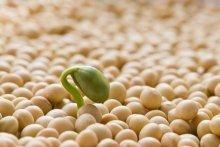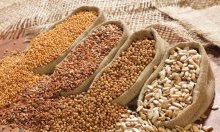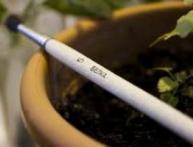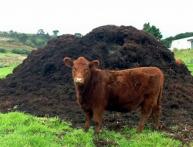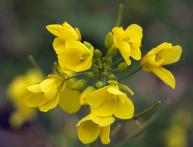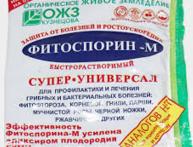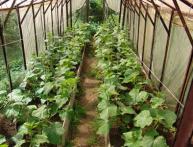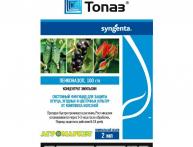What is seed inlaying, technology
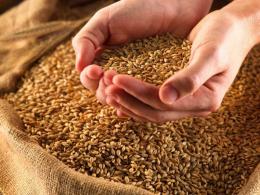
Even novice vegetable growers know that the seeds of different crops differ not only in size and shape, but also in different germination rates. In some vegetables and herbs, the seeds germinate so slowly and for a long time that the gardener manages to forget about sowing. You can speed up the germination of seeds at home by pre-soaking them in water or in another way.
Many modern manufacturers seeds carry out various industrial preparations of seed material, which significantly improves its germination. Seed encrustation is one of the modern methods of processing material before planting. Let's try to figure out why seed material needs to be processed and how it is done.
Content:
- What does seed treatment do before planting and what is it like?
- What is seed encrustation
- How is inlaying carried out?
What does seed treatment do before planting and what is it like?
Even seeds from the same batch may differ in different germination rates, sizes, and growth vigor. To minimize the gap in germination and obtain uniform seedlings, uniform distribution of plants on the sown area and simultaneous ripening, several measures need to be carried out before planting in the soil. Pre-sowing preparation methods can be divided into three groups:
- mechanical methods
- physical methods
- chemical methods
Important! Before starting treatment with physical or chemical methods, all seeds undergo mechanical processing. It consists of sorting:
- to size
- by density
- according to form
- by color
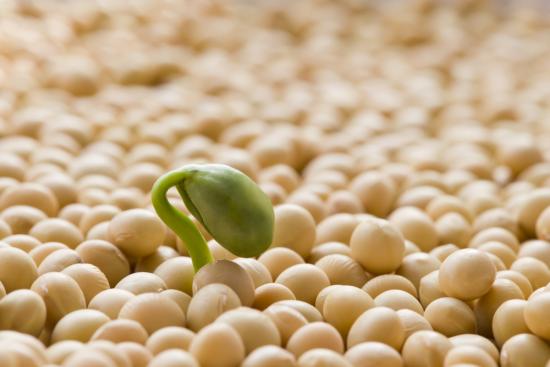
Sometimes seeds are sorted according to some other indicators. After this, the seeds are subjected to physical or chemical treatment. Physical methods include heating, hardening, and bubbling. Chemical preparation methods include:
- pickling
- inlay
- panning
- treatment with stimulants, fertilizers, protective substances
Inlay, as a complex processing method used by leading seed companies, deserves special attention.
What is seed encrustation
Inlaying is a technological technique that provides for the comprehensive preparation of seed material for sowing. It consists in applying a thin film of a foaming agent dissolved in water to the surface of the seeds. This film protects the seeds from harmful influences. It blocks pathogenic microorganisms from accessing them, protects them from mechanical damage and exposure to aggressive environments. To form a film, polymer solutions are used:
- polyvinyl alcohol
- sodium carboxymethylcellulose salt
The film should stick to the seeds quite firmly. This is due to the fact that the seeds are subject to mechanical stress during transportation, loading and unloading. Ultimately, treatment with an encrusting solution can significantly reduce the amount of pesticides and herbicides used directly to treat the land before and after sowing. After the polymer solution is ready, growth stimulants, fertilizers, and fungicidal preparations are added to it.
To control the uniformity of seed treatment with the encrusting solution, dyes are added to it. Only varietal seeds are inlaid after mechanical selection and germination testing in laboratory conditions.
An important condition for inlaying is the addition of the exact amount of chemicals. Using this technology, only the amount of seeds needed for the sowing campaign of the current season is processed. Important! Sometimes this treatment is carried out not only to obtain friendly seedlings, but also to delay germination, for example, in the case when winter sowing of crops is carried out.
How is inlaying carried out?
The simplest devices for encrusting seeds are special plastic bags. A warm solution of foaming agent mixed with dyes, fertilizers, and stimulants is poured into them. Using a shovel, add a portion of seeds and mix everything well. After encrusting, the seeds are dried. Their moisture content after inlaying and drying should be the same as before processing.
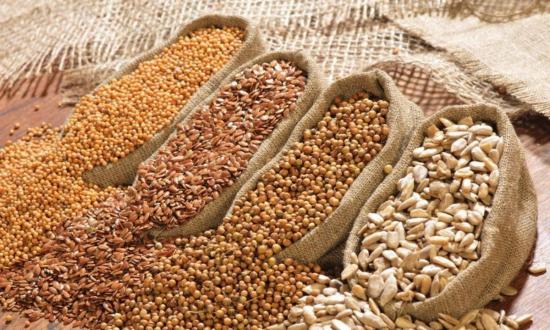
To encrust large quantities of seeds, special disinfectants or concrete mixers are used. Using such devices, medium batches of seeds can be processed. The use of drum-type devices allows seed processing to be carried out more evenly and efficiently. Modern industry produces special dyes, pesticides, and microfertilizers for encrusting a wide variety of seeds, for example:
- cucumbers
- beets
- Luke
- tomatoes
- peppers
The advantage of inlaying over other methods is that when using a moderate amount of solution, quite a lot of planting material can be processed.During processing, the size of the seeds does not increase, and when sowing they no longer require soaking.
However, it is necessary to ensure sowing only in moist soil. The consumer can distinguish seeds that have been inlaid by their bright green, blue or other color. The result of inlaying is an increase in seed germination by more than 10%, and an increase in yield by 15%.
Inlaying seeds in the video:

